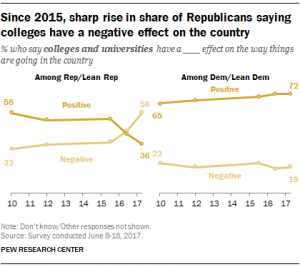Additional details are beginning to emerge about next steps following the release last week of the final report of the Commission on Evidence-Based Policymaking.
A hearing by the House Committee on Oversight and Reform, originally scheduled for September 12, has been postponed, possibly until September 27. The hearing was reportedly delayed because of hurricanes and resulting flight cancellations that prevented members of Congress from returning to Washington.
Despite the delay, the House is still expected to push forward a bill to implement some of the commission’s recommendations. At this time, it appears that this “downpayment” legislation will be attached to the Open Government Data Act (HR 1770, S 760), which commands bipartisan support in both chambers.
However, it also appears that the commission’s central recommendation — the creation of a National Secure Data Service to act as a liaison to pre-approved researchers who want access to federal data — will need to wait until a second bill moves in Congress later this year or next. Until that time, the Center for Administrative Records Research & Applications at the Census Bureau may be doing some of the initial work preparing for the new service.
During a call sponsored by Results for America earlier today, Katharine Abraham, the chair of the commission, affirmed the central importance of the proposed Data Service. Abraham and Ron Haskins, the co-chair, are meeting with stakeholders to support the commission’s recommendations.
Their work is being supported by the Bipartisan Policy Center. Results for America and others are also drumming up support on Capitol Hill.
Related
- Congress Expected to Act on Evidence Commission Recommendations (September 7, 2017)

